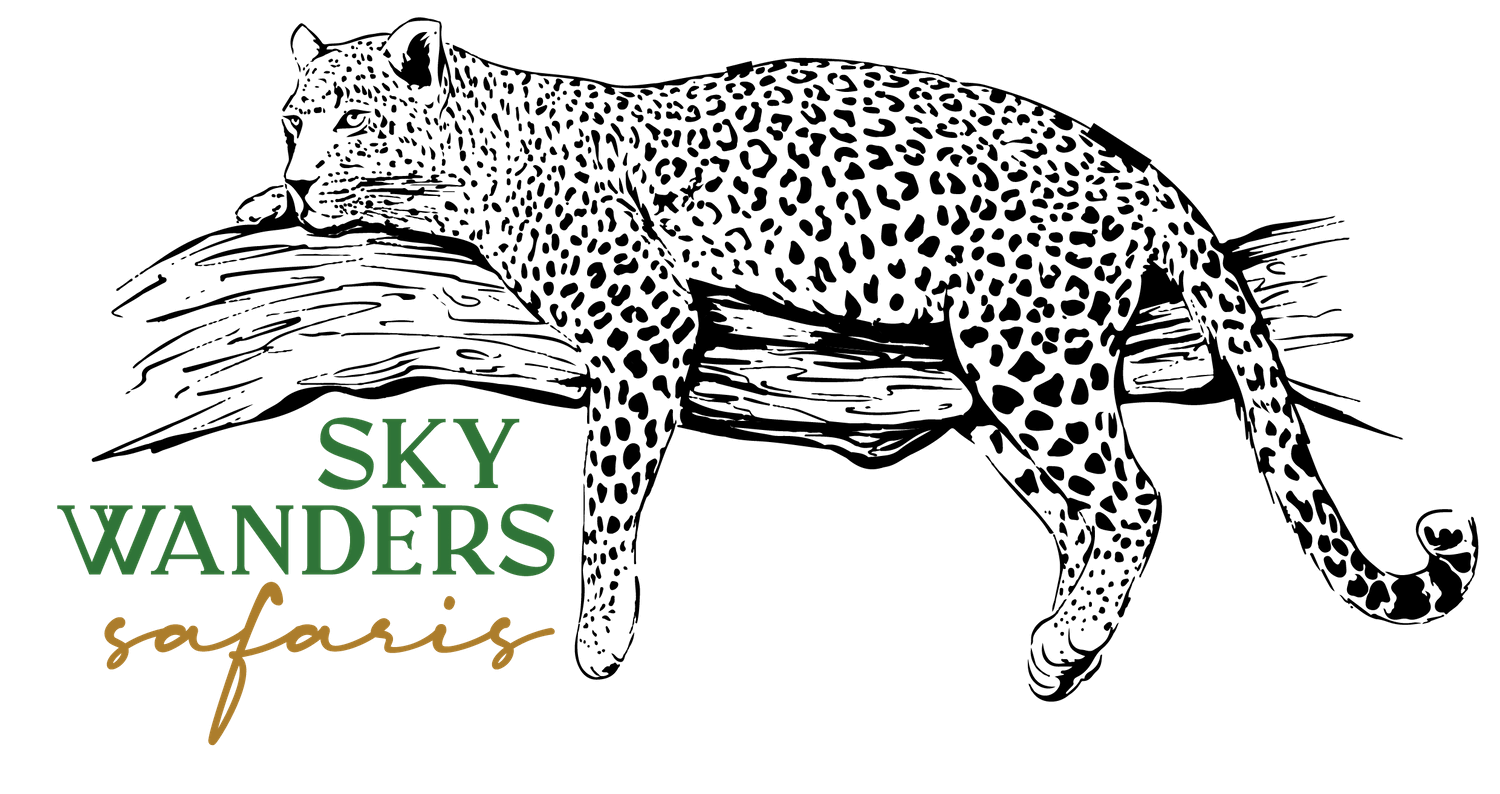Nyerere National Park
Southern Destination
About Nyerere National Park
Nyerere National Park, covering an impressive 30,000 square kilometers, is one of the largest game reserves in Africa. In 2019, it was officially elevated to a national park status in honor of Tanzania’s first president, Julius Nyerere, who played a significant role in the country’s conservation efforts. The park is a UNESCO World Heritage Site and is recognized for its biodiversity and conservation success.
The park is characterized by a mix of savannah, miombo woodlands, wetlands, and riverine forests, providing a wide range of habitats for wildlife. The Rufiji River, which runs through the park, is a central feature and sustains a rich ecosystem of animals and birds.
The remoteness of Nyerere National Park ensures a tranquil and pristine environment, offering visitors an authentic safari experience far from the crowds.
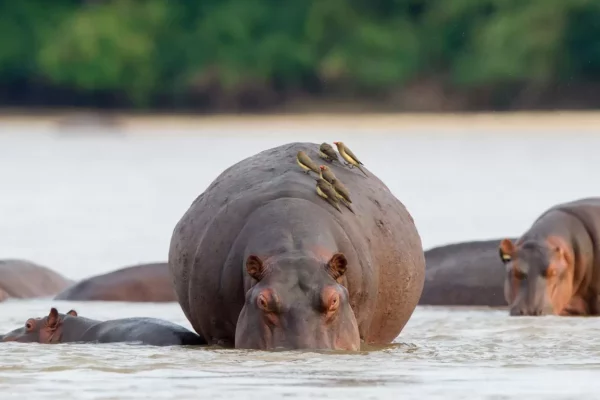
Attractions Found in Nyerere National Park National Park
The lifeblood of Nyerere National Park, the Rufiji River is one of the most iconic attractions in the park. The river provides essential water resources for the park’s wildlife and is a hotspot for birdwatching and boat safaris. Crocodiles, hippos, and a variety of bird species can be seen along the riverbanks.
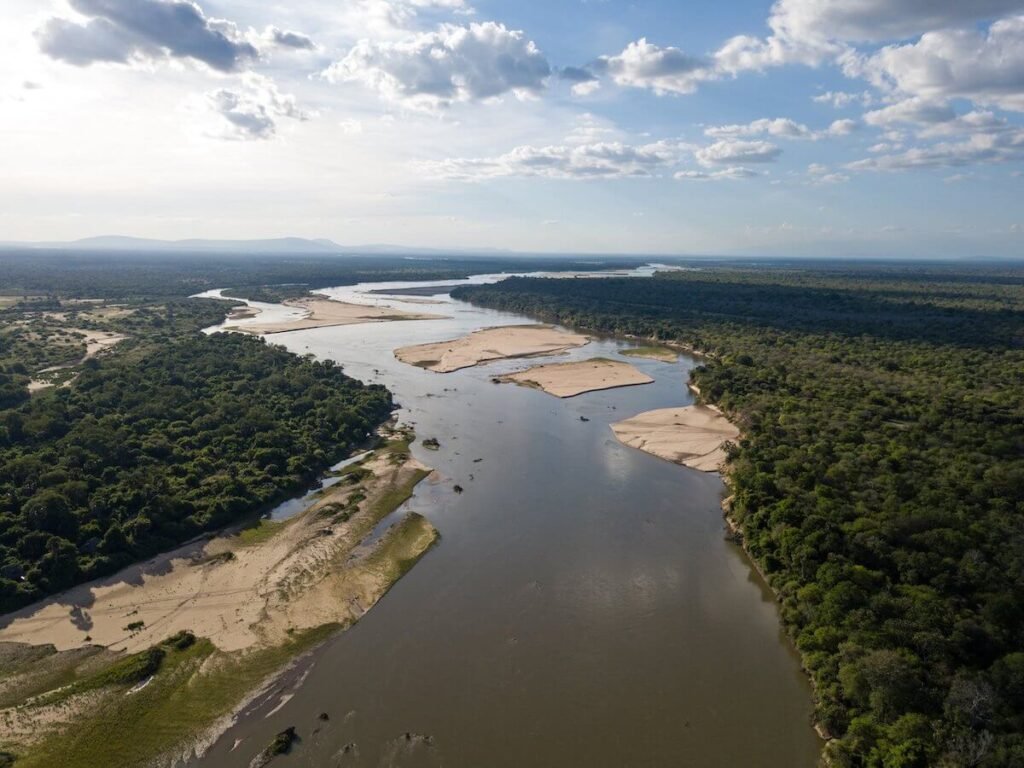
As one of the last truly wild places in Africa, the Selous Wilderness is a vast and untouched area within Nyerere National Park. This remote region offers pristine landscapes, where large herds of elephants, buffaloes, and wildebeests roam freely.

Nyerere National Park is home to an incredible diversity of wildlife, including the “Big Five” — lions, leopards, elephants, buffaloes, and rhinoceroses. Other notable species include giraffes, zebras, wildebeests, hyenas, cheetahs, and wild dogs. The park is also home to over 400 species of birds, including the African Fish Eagle and the secretary bird.
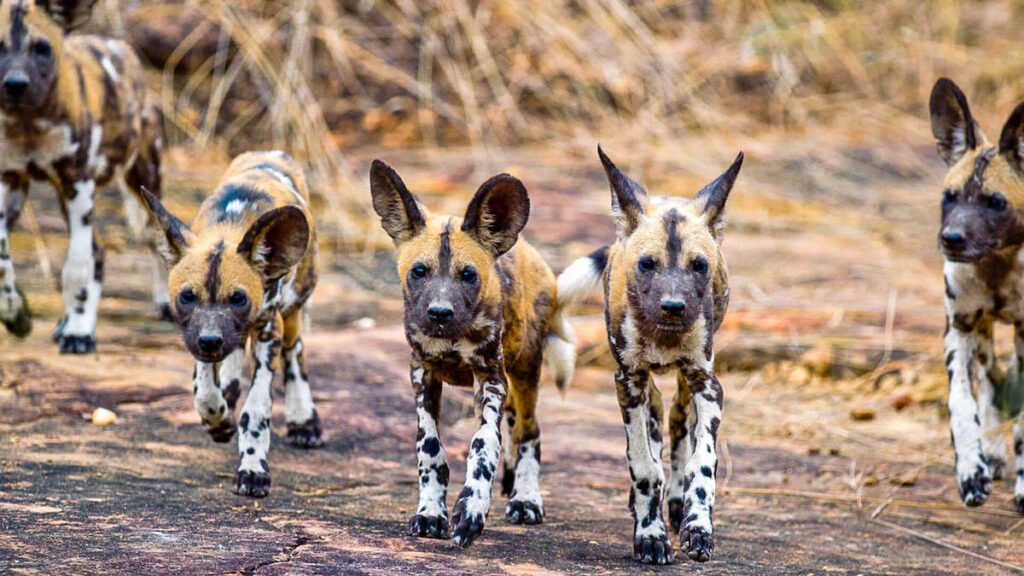
For a more exclusive experience, visit Fanjove Island, located off the coast of Nyerere National Park. This private island offers pristine beaches, crystal-clear waters, and a chance to relax in seclusion while enjoying the surrounding wildlife and marine life.
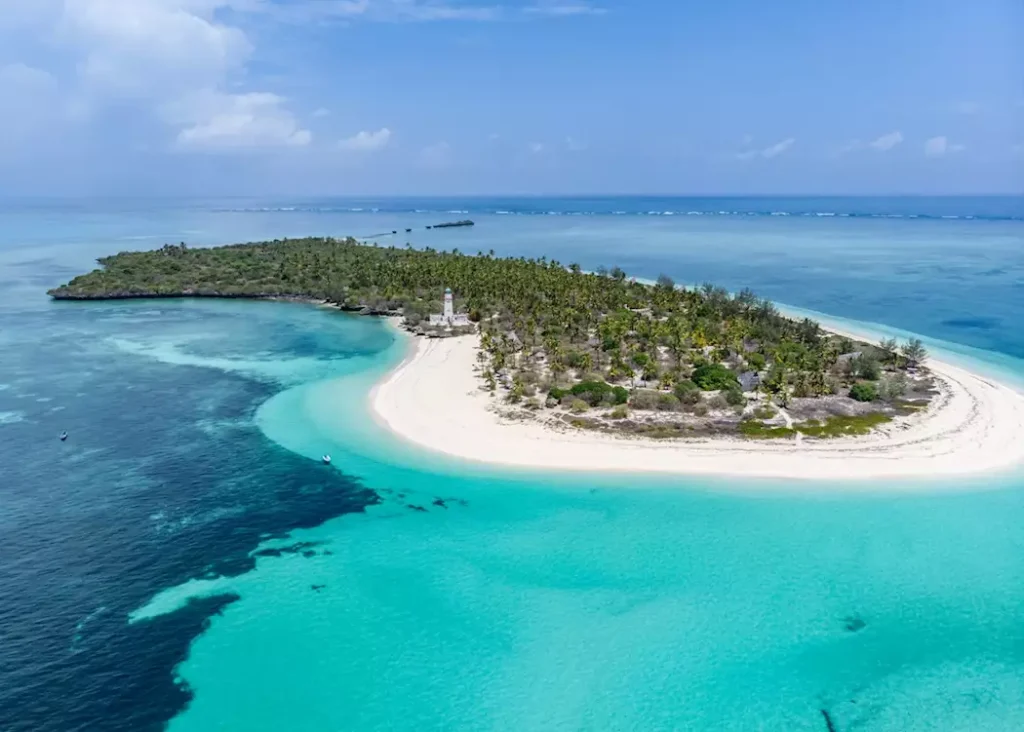
Nyerere National Park features natural hot springs, such as the Maji Moto Hot Springs, located near the Rufiji River. These springs offer a relaxing and rejuvenating experience for visitors after a day of safari activities.
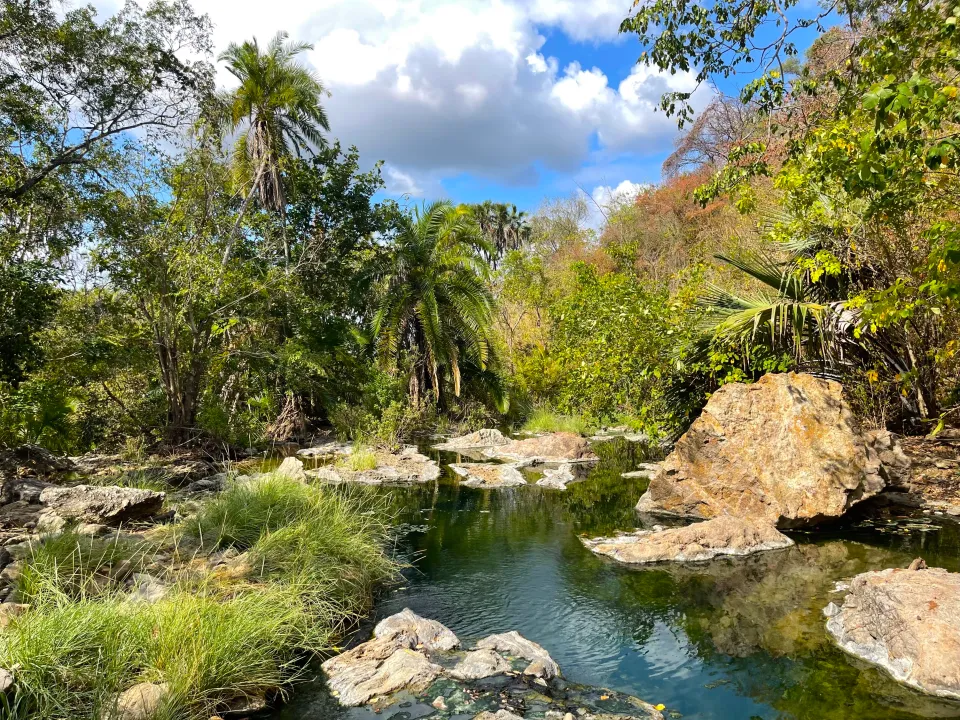
Activities to Do in Nyerere National Park
Game Drives
Safari game drives are the primary activity in Nyerere National Park, and the park's vast size ensures that you will experience wildlife in its most natural setting. Visitors can explore the park in open-sided 4x4 vehicles, guided by expert safari guides, to spot the "Big Five" and other iconic species.
Boat Safaris
One of the most unique activities in Nyerere National Park is the boat safari along the Rufiji River. Boat safaris allow you to get close to hippos, crocodiles, and a variety of bird species while enjoying the beautiful scenery of the river. The peaceful waters provide an excellent opportunity for wildlife photography and birdwatching.
Walking Safaris
For those seeking a more intimate and educational experience, walking safaris are available in certain areas of Nyerere National Park. Led by armed rangers, these safaris allow visitors to get up close to the park’s wildlife and learn about the flora, fauna, and ecosystems that make the park unique.
Fly Camping:
For an adventurous safari experience, fly camping is a popular option in Nyerere National Park. Set up in remote locations, fly camping allows guests to experience the African wilderness under the stars, providing a true "back-to-nature" experience.
Birdwatching
With over 400 bird species, Nyerere National Park is a paradise for birdwatchers. From waterbirds along the Rufiji River to woodland species, the park’s diverse habitats offer a range of birdwatching opportunities, making it an ideal destination for avid birders.
Fishing
The Rufiji River offers opportunities for fishing enthusiasts. Catching local species such as tigerfish and tilapia can be a fun and rewarding activity while enjoying the tranquil surroundings of the river.

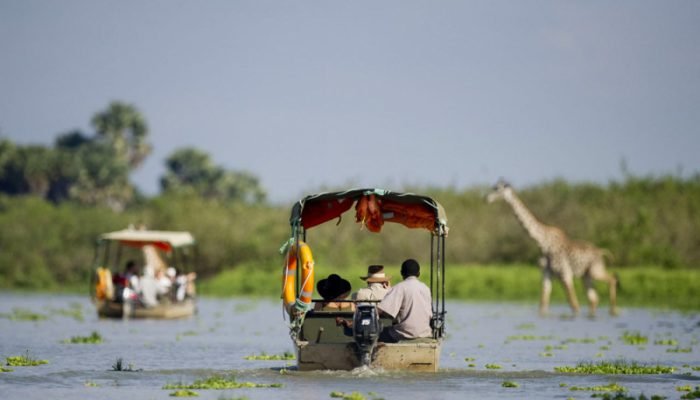

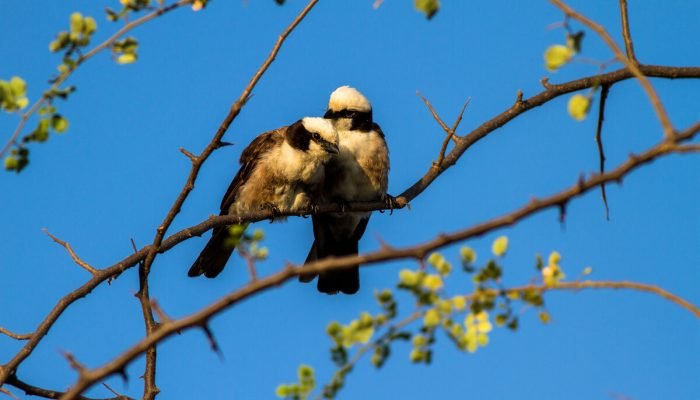
Weather and Climate in Nyerere National Park
Nyerere National Park has a tropical climate, with warm temperatures year-round. The park experiences distinct wet and dry seasons:
- Dry Season (June to October): The dry season is the best time to visit for game viewing, as animals congregate around water sources, making it easier to spot them. The weather is warm, but it is cooler in the mornings and evenings, particularly in the southern regions of the park.
- Wet Season (November to May): The wet season brings rain, which creates lush green landscapes and a variety of migrating birds. Although the rain can make certain areas more difficult to access, it is an ideal time for birdwatching and seeing the park’s ecosystems in full bloom. The heavy rains typically occur from March to May.
How to Get to Nyerere National Park
- By Air: The most convenient way to reach Nyerere National Park is by flying into one of the park’s airstrips, such as the Selous Airstrip or the Mtemere Airstrip. Daily chartered flights are available from Dar es Salaam, Zanzibar, and other nearby safari destinations. Once you arrive, it’s a short transfer to the park’s lodges or camps.
- By Road: Nyerere National Park is accessible by road from Dar es Salaam, which is about a 5-6 hour drive away. The roads leading to the park are mostly gravel, so visitors should be prepared for a rough ride. For a smoother experience, many visitors opt to drive in a 4×4 vehicle with a guide.
- Safari Tours: Sky Wanders Safaris offers guided tours to Nyerere National Park, including both air and road transfers, ensuring a hassle-free journey. Our experienced guides will take care of all the logistics, providing you with an exceptional safari experience.
